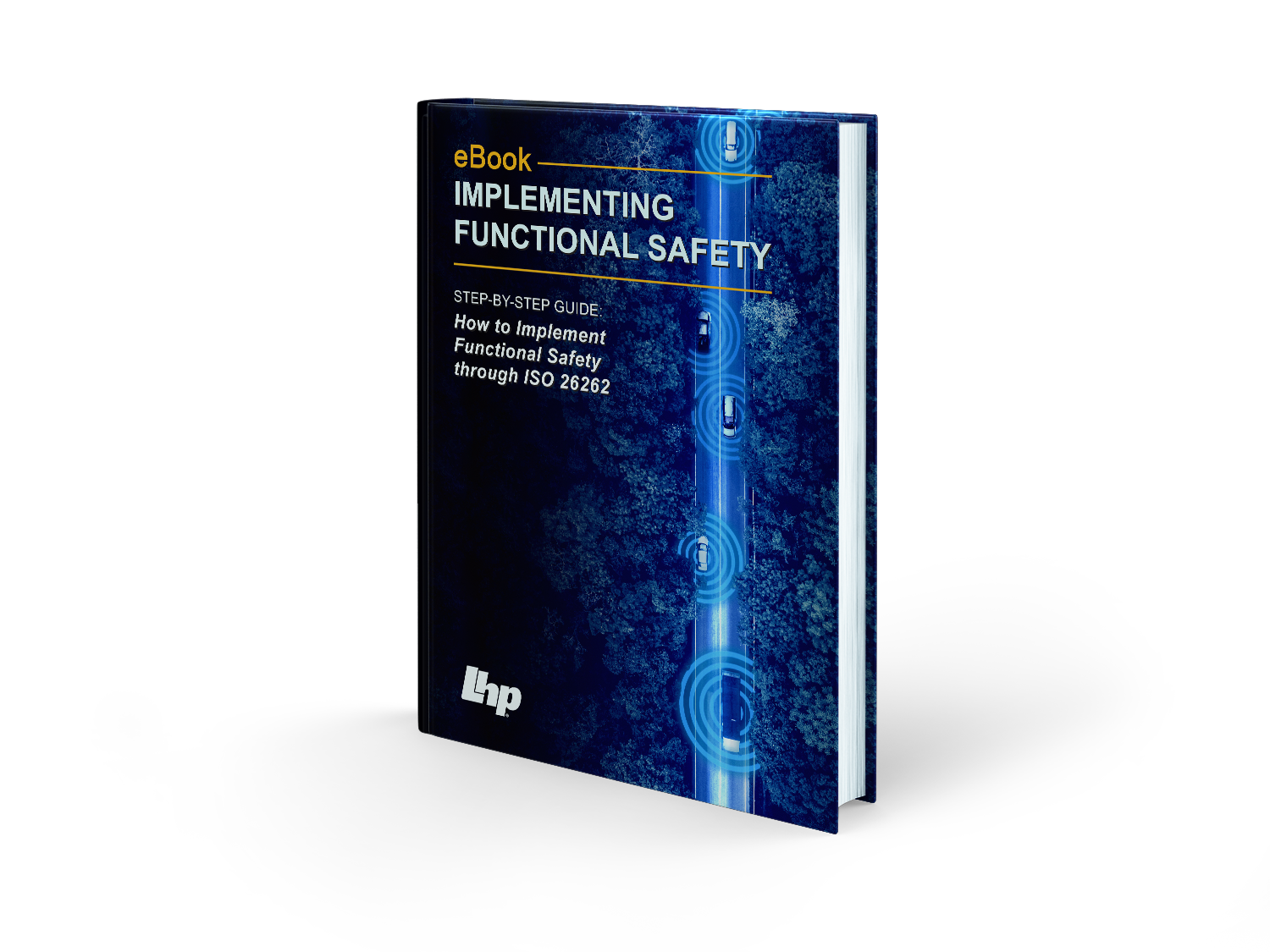Blog
Unlock Engineering Insights: Explore Our Technical Articles Now!
eBooks, Whitepapers, & Case Studies
Discover a Wealth of Knowledge – Browse Our eBooks, Whitepapers, and More!
Webinars & Videos
Stay Informed and Inspired – View Our Webinars and Videos Today!
Podcast: Driven by Code
Exploring the future of software-defined vehicles through expert insights.
Process & Automation
Verification & Validation
Embedded Software & Controls
Through a functional safety lens, our comprehensive approach
to embedded software design and development will position you
to produce products more efficiently, reliably, and successfully.
Get Started Today!

Optimize Your Embedded Software Development Today
Embedded Software Driven by
Safety Requirements
If you’re struggling to keep up with your current embedded software workload, LHP is strategically positioned to help you carry your projects from conception to completion with functional safety in mind. We have the experience to either:
- Complete the work for you
- Train your staff
- Provide skilled professionals to join your team
For embedded control engineers, safety standards must be followed in order to meet functional safety requirements. These requirements include management of the software development process, traceability, risk management, and quality assurance.
As the transportation industry continues to evolve toward autonomously-driven vehicles, functional safety of the intended hardware and software is the paramount concern of engineering organizations. The automotive standard ISO 26262, ASPICE, and others address the electrical components of the vehicle and define a safer way to mitigate risks and produce software in an environment where human lives are at stake.
Functional Safety in Legacy Controllers
In large organizations, the typical approach to product development is to use legacy code and product packaged into a new vehicle. With the emergence of autonomous vehicles, electric vehicles, and functional safety, that approach is no longer acceptable. Without completely redesigning every controller, organizations have to address the emerging standards and the evolution of vehicles from human control to machine control.
Functional Safety Intersection with Technology
With the emergence of non-traditional transportation means - urban air mobility, autonomous vehicles, platooning trucks, micro-mobility, etc. - the technology is pushing beyond what the safety standards can currently handle. For emerging technologies and new transportation means, aggregating safety standards across multiple industries into a custom solution can enable the commercialization of these new transport vehicles.
Embedded Software Offerings
-
Tools/Infrastructure Evaluation & Selection
Input: Current software development tool chain, code base, product line roadmap, and budget
Output: Optimized integrated tool chain for software development that aligns with overall goals and workflow
-
Software Industry Assessment for Software Development
Input: Current product design, code, product roadmap and processes, and business needs
Output: A recommended action plan for software development, concept to production, and on the integration of processes into one software development lifecycle.
-
Large Scale Software Infrastructure
Input: Product roadmaps and variants, code base, tools, team size and location
Output: Optimized tool chain with streamlined configuration and data management addressing software standards
-
Turnkey Product Development
Input: System and customer requirements, tools, and processes
Output: Embedded software executable delivered and tested to the highest standard
-
Independent V&V
Input: Systems, software, and hardware requirements and business processes and tools
Output: Verification and Validation (V&V) of systems, including development of test equipment, and processes documentation
-
Coding Style Guides & Standards
Input: Current models and/or code, and product roadmaps.
Output: Style guide for software development that addresses FuSa and/or AUTOSAR
-
Requirements Development & Analysis
Input: Systems requirements/concepts and/or existing code base
Output: Requirements documents to the latest standards and/or reverse engineering of requirements
-
Software Architecture Development
Input: Current code and/or product roadmaps and applicable standards
Output: Standard-compliant architecture that minimizes work products and maximizes re-use
-
RTOS, Drivers & Board Support Packages
Input: Embedded systems hardware and requirements
Output: Development of safety-critical low cost, high-speed RTOS that addresses Functional Safety and integrates into the AUTOSAR platform.
Ensuring Functional Safety in Embedded Software
With decades of safety-critical and commercial product development experience, LHP’s engineers can architect, design, code, and verify almost any embedded systems including selection and configuration RTOS, development of domain-specific applications, scaling, and tool development for deployment, and quality control and quality assurance.
Full Turnkey Systems and Software Development
Full turnkey systems and software development including design, verification, and validation of a software project to the latest industry standards. LHP’s internal infrastructure is capable of executing projects with the most stringent safety-critical regulations.
Software Workflow and Process Assessment
Addressing the latest industry standards for software, ISO 26262, ASPICE, DO-178, and others, comparing organization compliance and non-compliance to standards and providing a custom optimized solution.
Specification of Software Requirements
With the evolution of safety standards and the requirements of traceability at the vehicle- and test systems-levels, definitions of software requirements have become a key element of any development process, particularly as it pertains to safety. Translating hazard analysis and risk assessments and system-level requirements into workable software requirements for engineers to be able to code efficiently.
Software Architectural Design
The software architectural design represents all of the software components in a hierarchical structure. The benefit of a structured code case is scalability across product lines and across engineering development centers.
Software Design and Code
Designing of the code to meet the latest standards and addressing topics covered in functional safety such as coding guidelines, ASIL decomposition and segregation, use of third-party tools, and operating systems.
Software Verification and Validation
Designing the test platform for unit test and software integration, performing the test and documenting the results, and making recommendations at the software and system level for improvement.
Software Control, Data Management, and Tools
Design the toolchain required to meet the needs of the latest industry standards and integrate the tools into a custom solution optimized for efficient implementation in your organization.
Embedded Controls Blog Posts
7 min read
Embedded Software Development: How AI is Transforming Vehicle Safety?
Steve Neemeh: Oct 9, 2025
4 min read
LHP’s Safety Supervisor Software for Smart Vehicle Platforms
Ronaldo Castillo: Feb 17, 2025





